Yates Mill
Introduction
Text-to-speech Audio
Images
Yates Mill
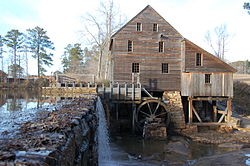
Yates Mill, c.1890-1920
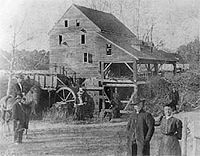
Plaques outside of the mill showing its adoption to the National Register of Historic Places.
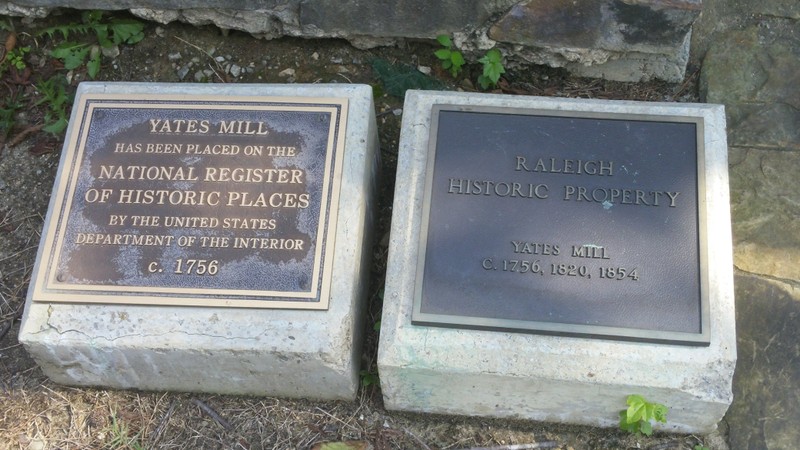
Mill gears and machinery located en route to the mill. Stone reads "In recognition of the Wake County Historical Society for its efforts in 1989 to initiate the preservation and restoration of Yates Mill"
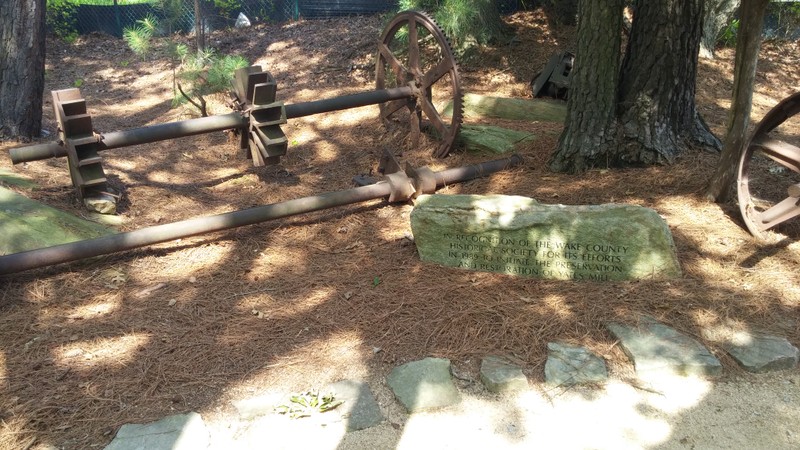
An assortment of millstones once used at Yates Mill.
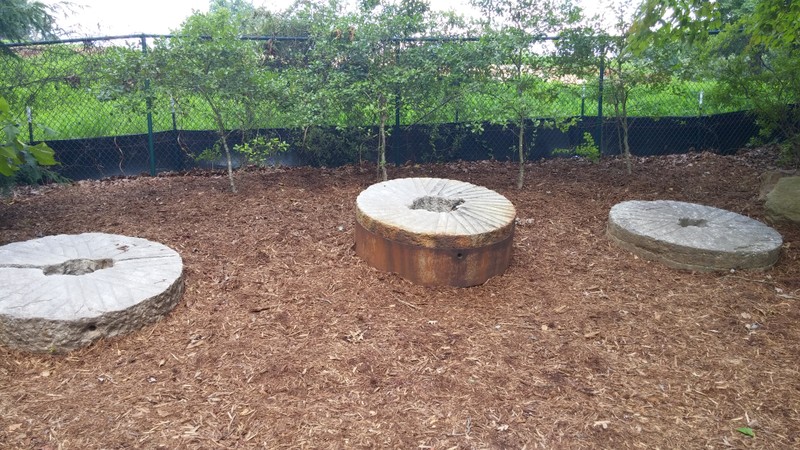
Gears and belts used at Yates Mill. Display located at the A.E. Finley Center.
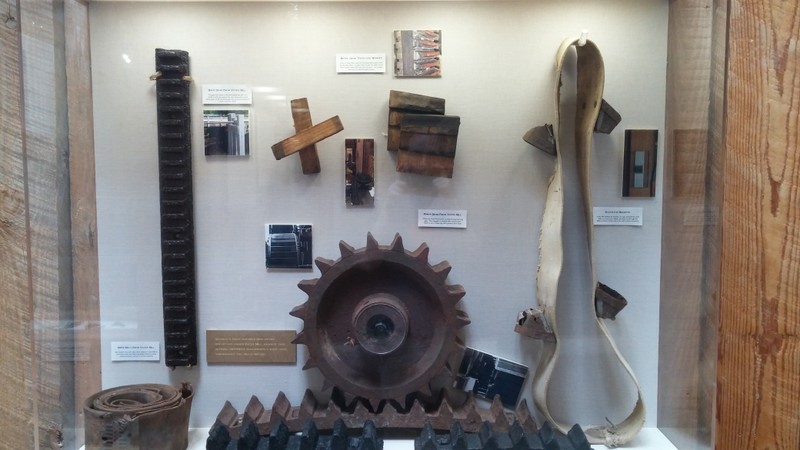
The entrance to the mill's museum, with the mill visible in the background.
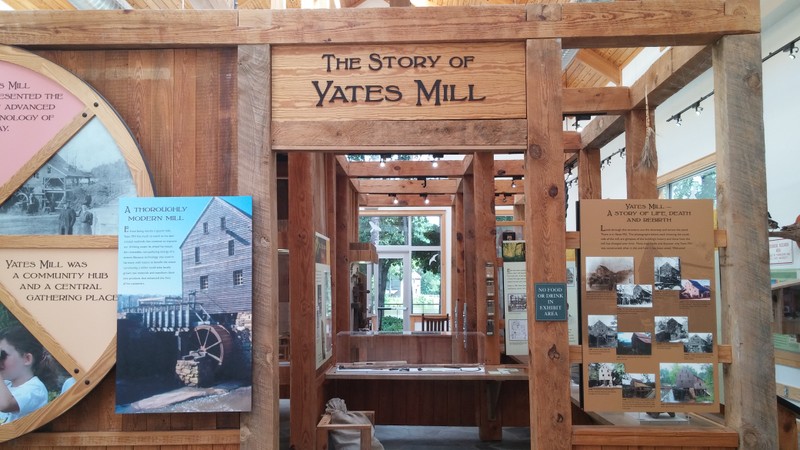
The entrance to the mill and outdoor work area.

Backstory and Context
Text-to-speech Audio
In 1853 Thomas Briggs, John Primrose and James Penny acquired the mill. A decade later, in the midst of the Civil War, the partners sold the mill and surrounding 94 acres to Phares and Roxanna Yates, James Penny’s son-in-law and daughter. Penny’s involvement in the murder of a Mr. Franklin may have brought on the sale. Although millers were exempt from enlistment, James Penny volunteered to join the Confederate Army. While at war, his wife maintained the mill, and one client, Mr. Franklin, a Union support, developed a $700 debt. When Penny returned and confronted Franklin about the debt, it turned violent and Franklin died. In 1865, Franklin’s widow supposedly told Federal troops occupying Raleigh that her husband’s death was due to his support for the Union. The soldiers tried to burn the mill by setting fire to the entrance.2 Charred wooden beams today attest to the unsuccessful attempt. In 1866, Penny was acquitted of Franklin’s death.
Ten years later, North Carolina State University acquired the property, consolidating it into a larger tract to be used as an experimental farm. While the students and faculty did repair the mill's roof and other small functions, their primary concern and budget was for education. The mill was mainly used for storage until 1989, when Yates Mill Associates was formed to marshal its restoration. The mill narrowly escaped destruction in 1996, when rains unleashed by Hurricane Fran burst its 250-year-old stone dam. In 1996, Yates Mill Associates and Wake County Parks, Recreation and Open Space unveiled a public-private partnership to rehabilitate the dam and mill as part of a 574-acre historic and environmental park.1 In 2005, restoration of both the millpond and the grinding machinery was completed.2
Today the mill is part of a 174 acre park, and is a popular destination for fishing and has several hiking trails around the pond. It offers tours of the mill throughout the summer season, as well as corn-grinding displays every third weekend. The mill and its park are still associated with North Carolina State University, specifically its College of Agriculture and Life Science.3
